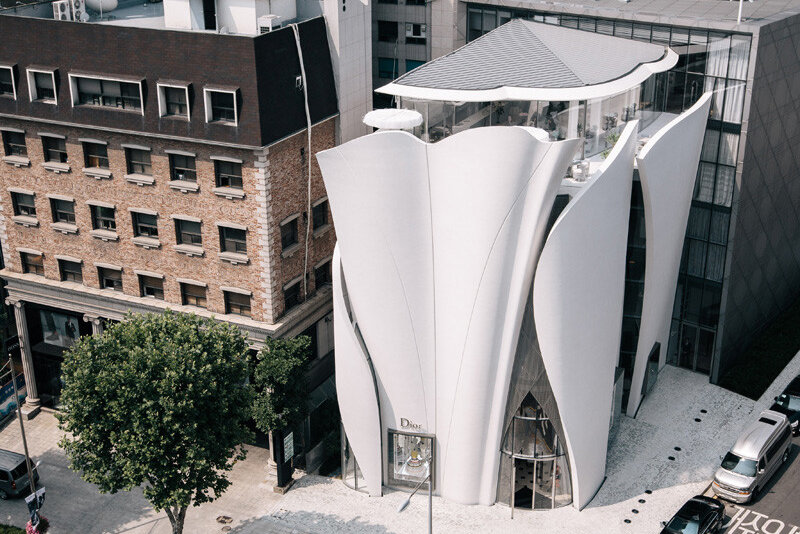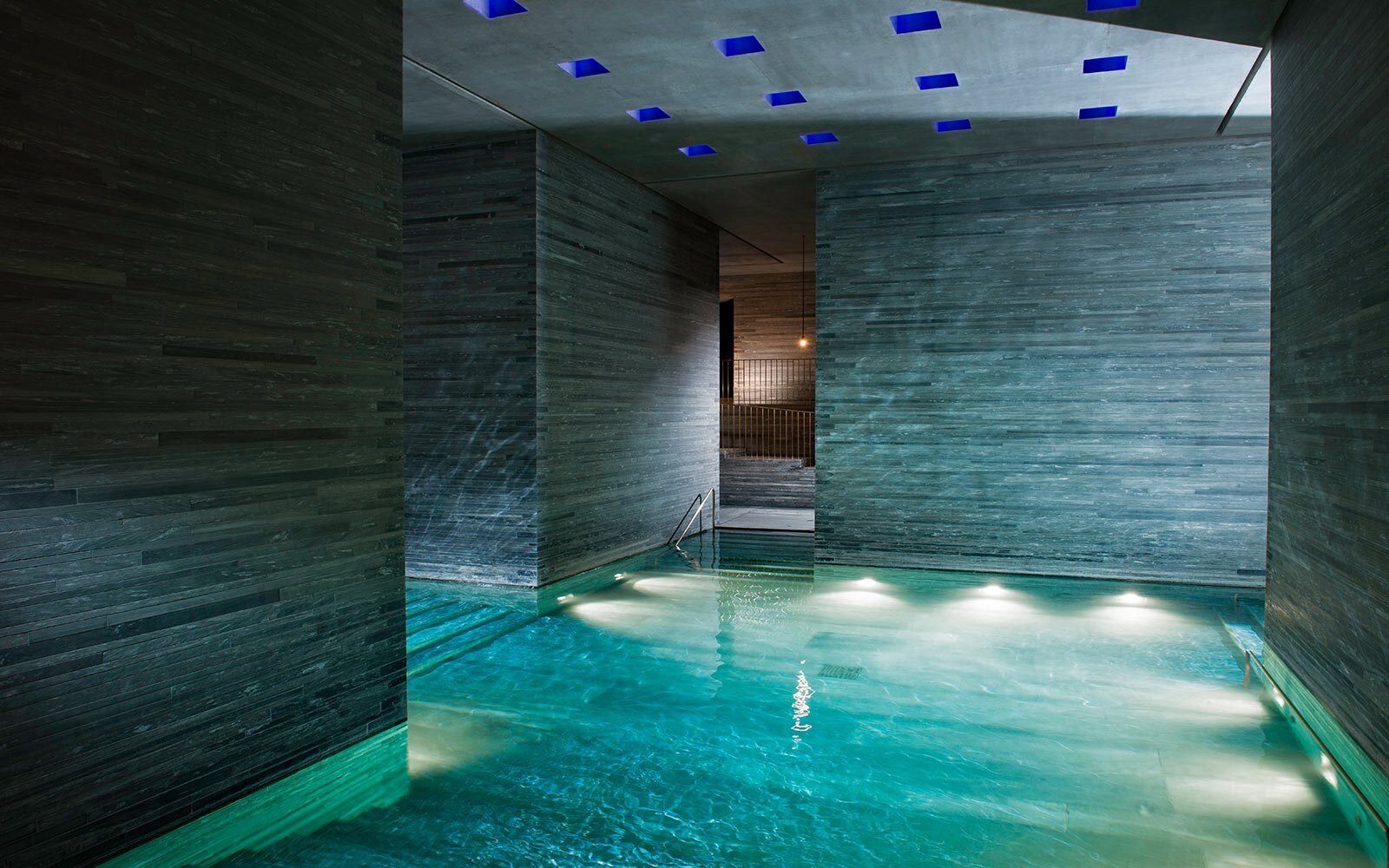Future-proofing the architect…
…or how to make sure an algorithm won’t steal your job
Recently, an Archdaily article was making the rounds, causing outrage among the artists and free-thinkers of the profession. In it, an Instagram video posted by artist and designer Sebastian Errazuriz, in which he explained why there is a strong chance that architects will be made redundant by automation. So, as I am an architect, I thought I would weigh in and give my .2 euros on what he said: Although I can criticize the viewpoint as somewhat simplistic and focusing on a narrow segment of the market (single-home residential), Sebastian is about 50% right (10% can be attributed to the fact that Instagram videos don’t give a lot of room to elaborate, 20% on the lack of first-hand experience and 20% on a lack of knowledge of architecture as a business). Ok, article over, thank you and goodnight!
Seeing as I want to give this whole writing intelligent and sophisticated articles thing a real shot, I might need to make it slightly longer than president Trump’s tweets. So, let’s elaborate!
No profession is immune to automation, and architecture is no exception. But the ways automation is becoming ubiquitous are slightly different than ‘’Skynet will build houses without humans’’. For starters, the ‘’bleeding-edge tech’’ Sebastian is talking about is already here. You can now go online and buy a house, fill out the paperwork and the company will come and build it for you. Hell, if you don’t mind the extra work, you can get free projects (sometimes even from renowned architects, from the, now no longer available, paperhouses.co project) and have a designer home project, again, for free! Sure all of these services are sometimes rough around the edges, but they exist, are functional, and haven’t caused the end of the world. Yes, right now those houses are designed by humans (even though you might think some of them were made using Microsoft Paint), but even if they were designed by an AI, it doesn’t change the situation that much. The real question is this: why are some designers choosing to offer free projects? If you’re an architect who’s worked in the single-home market, that answer might be self-evident, but let me spell it out for everyone else: between designing and building a single-family home and being unemployed, unemployment is the more sensible option.
This is the exact opposite of how a pitch for a family home goes. | Still from the movie ‘’The architect’’
Affordable single-family houses are a pain to design: you are dealing with at least 2 clients (a couple) who want completely different things (something very difficult to do because of the often shoe-string budget), every detail is questioned and nagged on, you get a phone call for every insignificant minutia, and, more often than not, the pay doesn’t cover the additional work and stress. And no, seeing the joy in their eyes at the end doesn’t make it better, I’m sorry to say! So, unless you can acquire a lot of these projects, or you work on houses that cost at least 500k and upwards, there is very little incentive to go into this market. And this brings us to the crux, that 500k number.
Your average day at the design firm in 15th century Italy
In order for you to understand what I mean, we need to look at how architects worked, pre-World War I, or pre-modernism. The notion that you need an architect for every building is a fairly new one. In the past, the only times you would need an architect were if you were building castles, churches, fortifications, infrastructure, wealthy homes or cities. These architects would also offer many more services than just design: they would be artists, thinkers, builders, urbanists, etc. Wanted to build a swanky palazzo to celebrate your new political ascension in 15th century Venice(that happened after your rivals accidentally stabbed themselves while taking a midnight walk)? Sure, let’s invite that guy, what was his name, Michela..something, to make it happen! And that Michelangelo dude would draw it, design it, build it, paint it, and if you were lucky, finalized it before the kids of the now-accidentally deceased-political rivals try to assassinate you! Compared to that, architects today are paper-pushers who just draw and sometimes visit the construction site. And this is where I finally get to the point, we can automate most architects today because they just design and draw, but what that Michelangelo dude did, we can’t automate that! Well not yet, anyway.
So the future of the architect might look very different than what it is today, and in this, I can finally put my humble experience of entrepreneurship to some use (subtle humblebrag). Most clients that come to me, come either with a weird real-estate problem or seeking help for an investment. For example, the Deck House is phase one of a large scale real estate development, with more designs on the way. But the design is maybe 30% of the job. The rest is consultancy with permits, pricing, selling, commercial structure, project management, brand consulting, site organizing, etc. Even the design brief is usually something vague like ‘’a real-estate project, around large to medium scale, with varied buildings, maybe something American-like’’. So, in a way, my practice resembles less the modern firm (which focuses solely on design) and more an older atelier-style outfit, designing both physical buildings and objects, as well as the systems around them. Is this the future? Maybe.
One thing that we’re seeing more and more, is that if you have a design-focused office today, and you are anything short of being amazing at a specific niche, it is incredibly hard to compete, and not because of fancy AI. For example, creative agencies have expanded their offer to include interior design. So, let’s say, Dior, is looking to open up 10 new stores, 9 regulars in various shopping centers, and a flagship one. So instead of hiring an architect to design them, they will let the creative agency they already have (the one that now offers interior design and is also in charge of branding) to make it happen. But that 10th store, the luxury one, the flagship, they are going to want a pro for that. So they might commission someone like Christian de Portzamparc (with his creative use of concrete) to design and build it and someone like Peter Marino (the leather-clad daddy of the fashion world with more luxury shops designed to date than actual years he’s been alive) to do the interiors. That one store will be worth almost as much as 4 regular ones, but it will be designed by just 2 architecture firms, not 5+ as it used to be the case.
The flagship Dior store in Seoul | Architecture by Christian de Portzamparc and Interior Architecture by Peter Marino
And the more shocking aspect is that they will design those buildings with fewer people than before. BIM has simplified the design process to the point that you can do the same amount of work in half the time with half the people, and that is before any advanced automation. And that automation is closer than you think. If you work in Revit you have access to Dynamo, Autodesk’s in-house version of Grasshopper. For those unaware, Grasshopper is an algorithmic and script-based modeling plugin, embedded in Rhinoceros software. Essentially, this allows the use of scripting mechanics in the software, instead of traditional modeling. This means that you can create bots, algorithms and more to aid you in the design. If you work in Archicad, Graphisoft provides a live link plugin to bridge Archicad to Grasshopper, essentially working as one. In the long run, this means you can bring coders and programmers on board in your design team and create specialized tools. And this isn’t in the far future, this is now and available to anyone that has either Revit or Archicad (which means pretty much everyone who works in architecture).
Parametric design in Grasshopper that materializes in Archicad | Essentially, you are designing systems, not drawing.
So, will you be made redundant? It depends (and I know how much you love this answer, ’cause everybody does!). If you can adapt to these tools, not only will not be redundant, you will be the one quitting your job. Not adapting, however, might eventually make you redundant.
I work in Archicad, and I am pretty good at it. Remember the Deck House project? That took 3 weeks to make (close to the point of having construction drawings without details and with renders), with 1 week of sketching (being all artist and stuff), 1 week of actually working and 1 week of moving walls 5 cm to the right and left (I’ve been told that is called ‘’perfectionism’’). I finished 1 week ahead of the deadline, with no need to print because I sent everything to the client via the BimX app. Team of 1. The firm I used to work for would take them 2 weeks to produce just a set of renders with a 2-hour panic attack before the client arriving because the colors come off in the printer. This would be with a minimum of 2 people. And I just use BIM and real-time render software, no advanced stuff, just standard tech. Unfortunately for me and fortunately for them, success in an architecture firm requires much more than just fast and good design. But that gap can and will be narrowed in time.
Is there a way forward if you chose to ignore all this new fangled technology and automatons that are coming after our jobs? Yes, get very very very good at a specific design niche. And I don’t mean just ‘’Yeah, he’s a great architect!’’ good, I mean Renzo Piano and Peter Zumthor good. Peter Zumthor is 76, doesn’t have a website, works in a small studio in a remote village in the Alps and, usually, his clients wait a few years for one of his designs. Do you know how many other architects, worldwide, can work like this? Between 1 and 5 (that is a hyperbolic number, I’m still doing research and only found 1 other architect that can work in this manner). So yes, being a great designer is still relevant, but do you think you are that good?
Thermal Baths Vals by Peter Zumthor
In the end, you can think about it like this: There are 2 possible outcomes. If Skynet does come and it designs and builds everything, you won’t need to worry about any of this. You will either be too busy living a life of eternal pleasure or fighting in the trench against an army of Terminators. Either way, you will be too busy to worry about your job. And if the technology is just adequate and slowly creeping in, then you can start learning new tools, expand your skill set and invest in your design abilities, which are, you know, the things you were already kinda doing or should have been doing. And you have time to do these things, architecture firms are ridiculously slow at adapting to new tech.
As for me, I’m getting back to learning Grasshopper from Youtube. Ok, it says ‘’Place a linear array and connect it to the numbers scale’’. What the fork is a linear array…….





